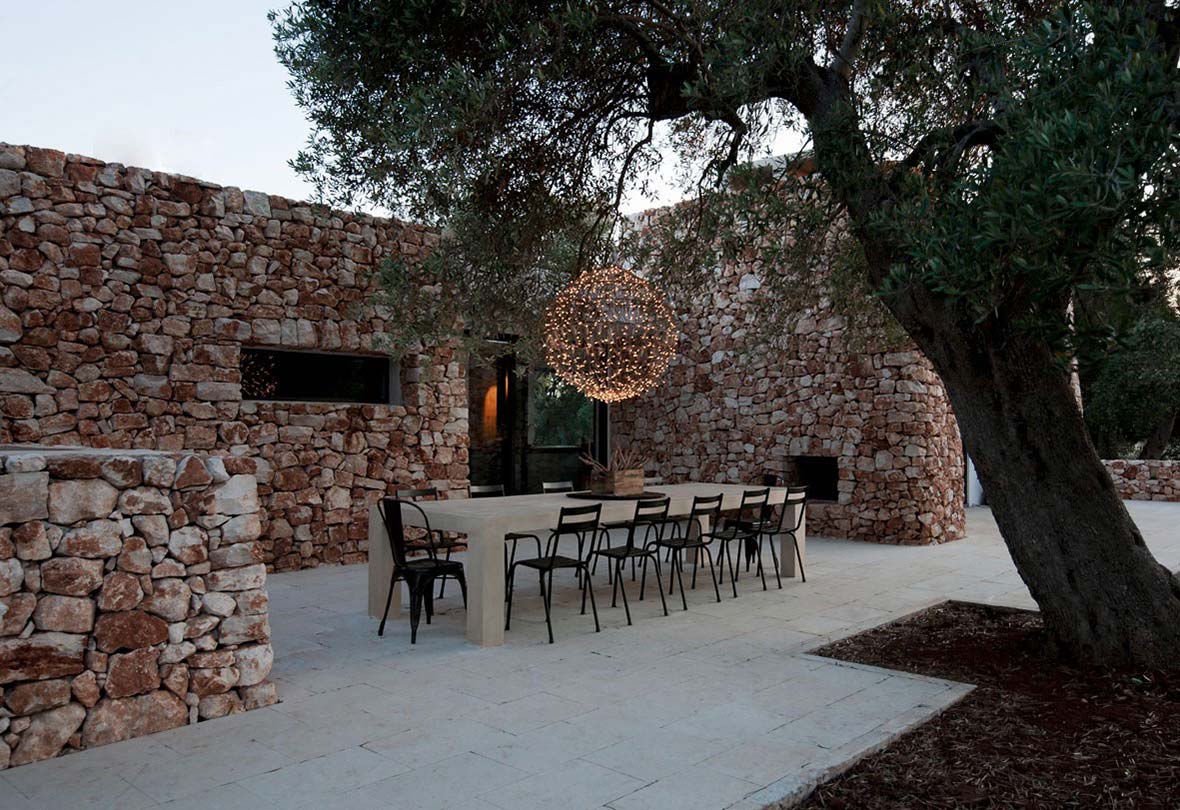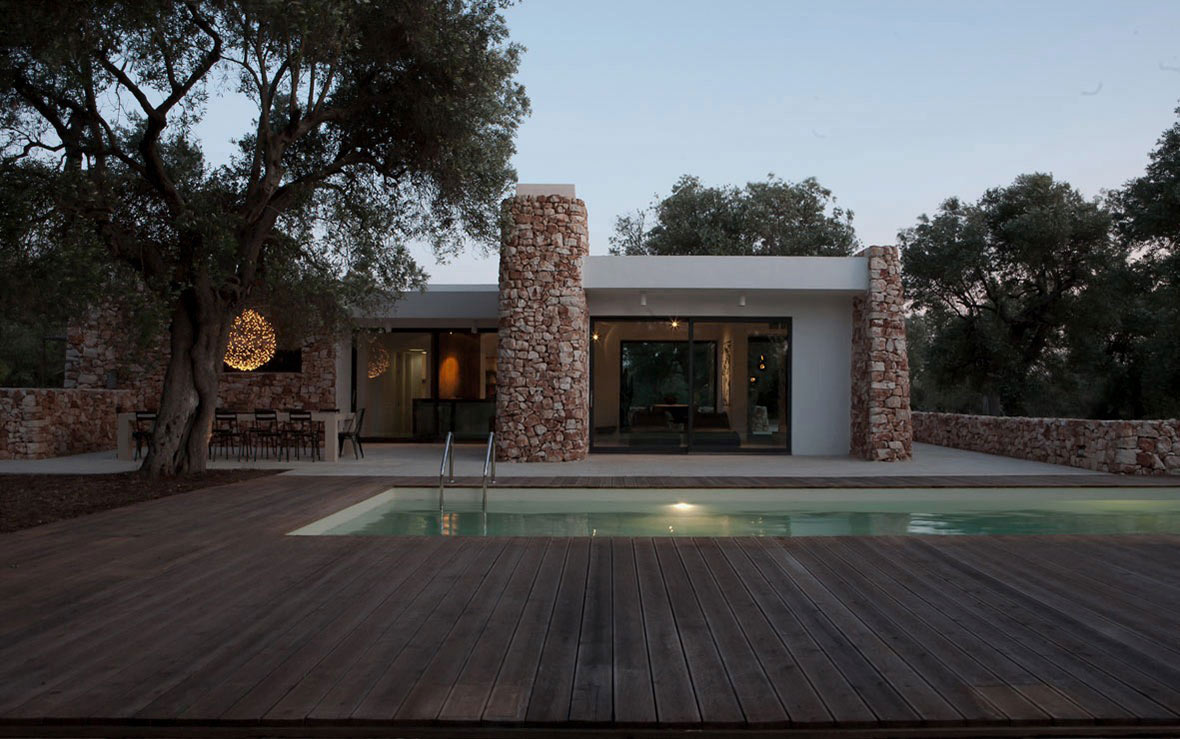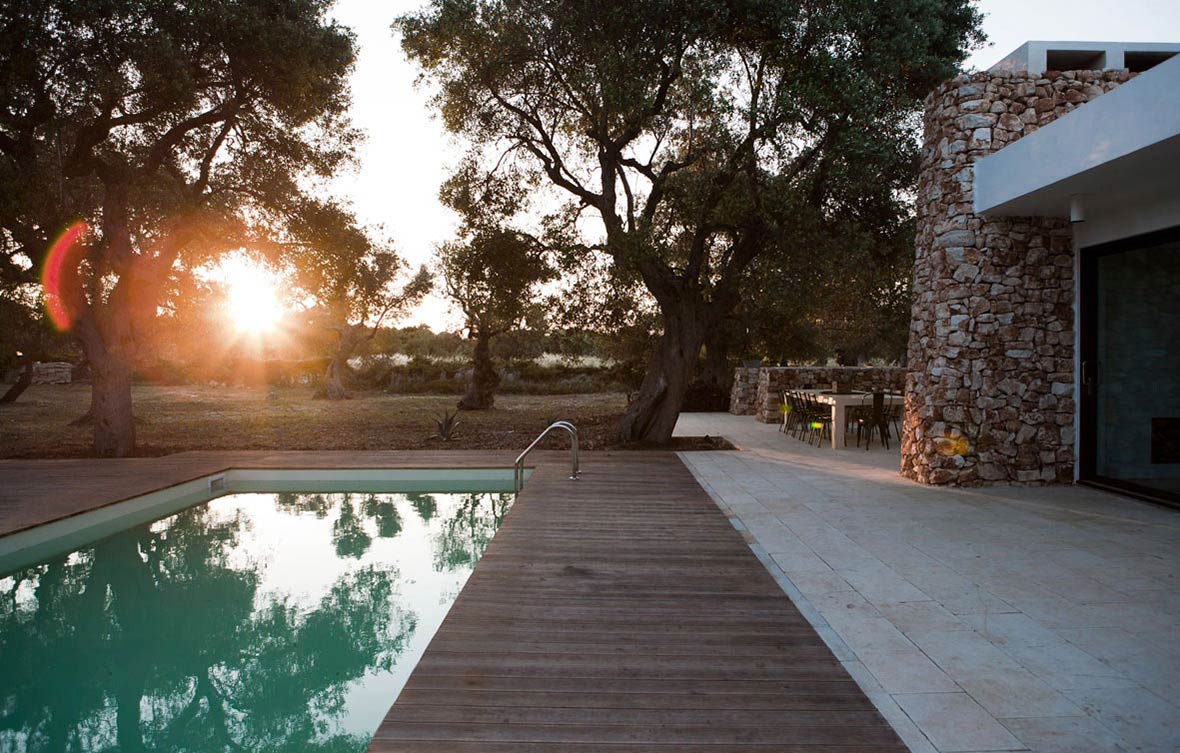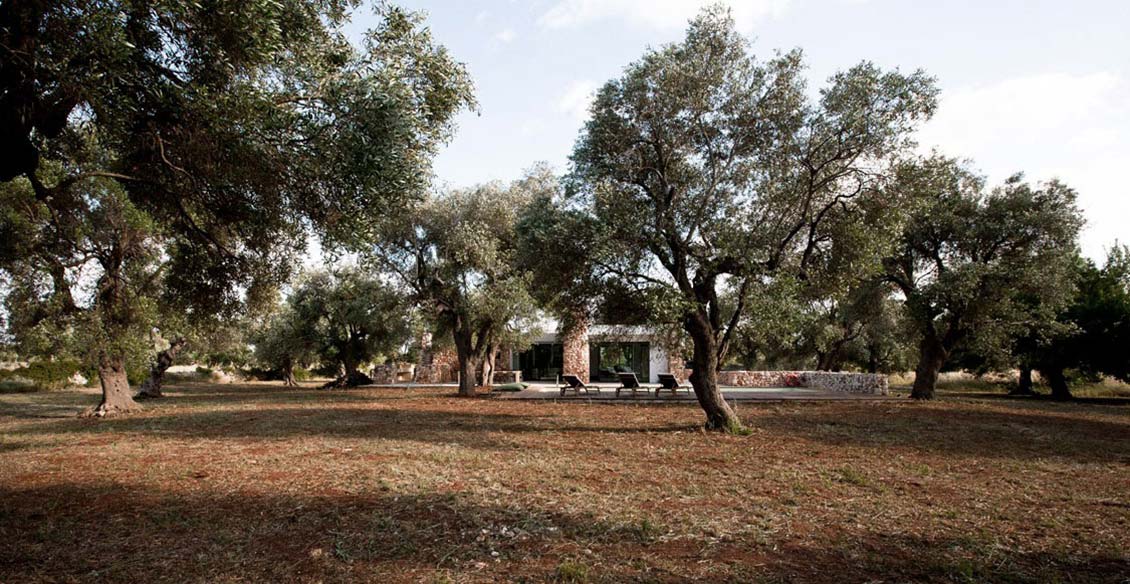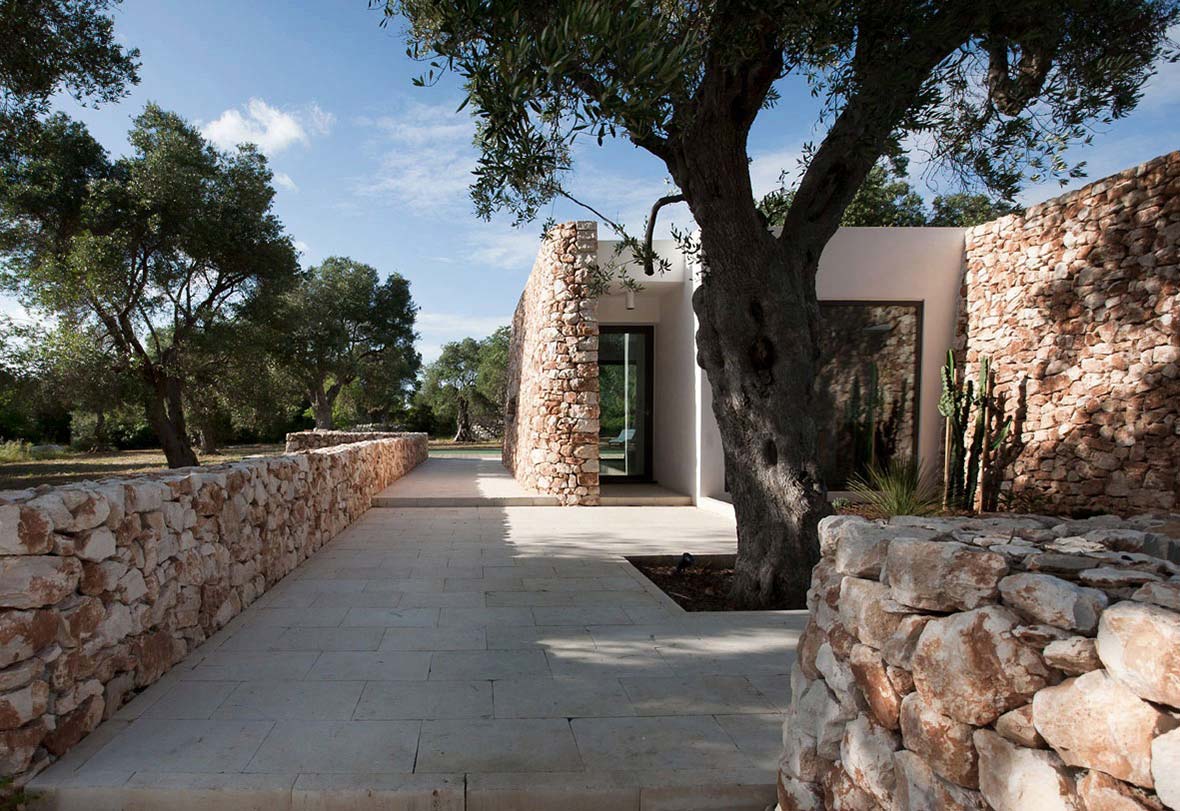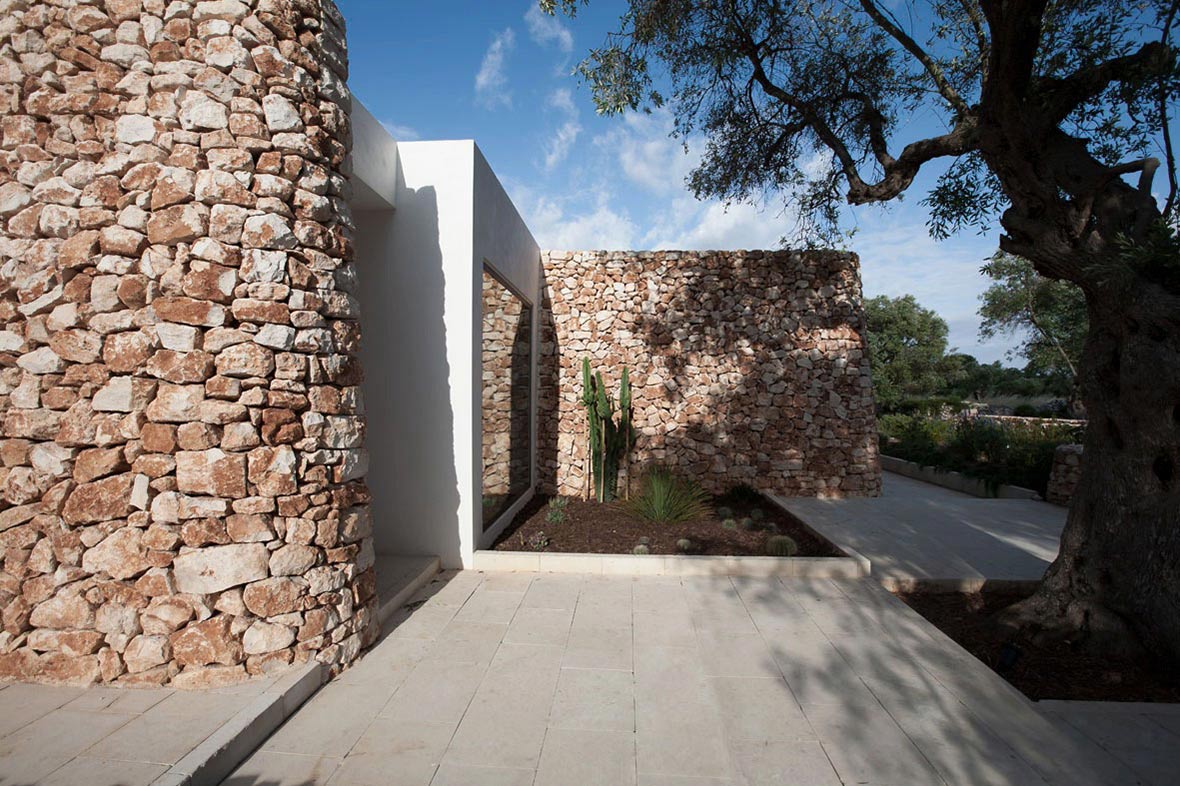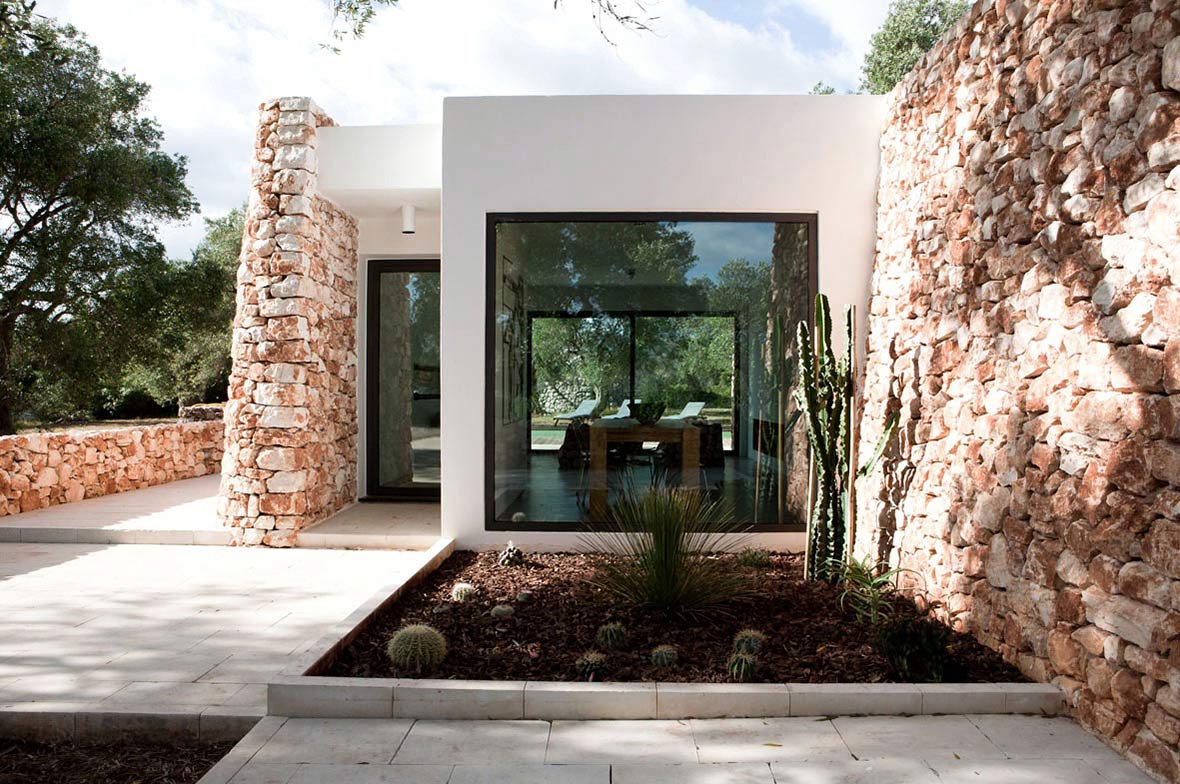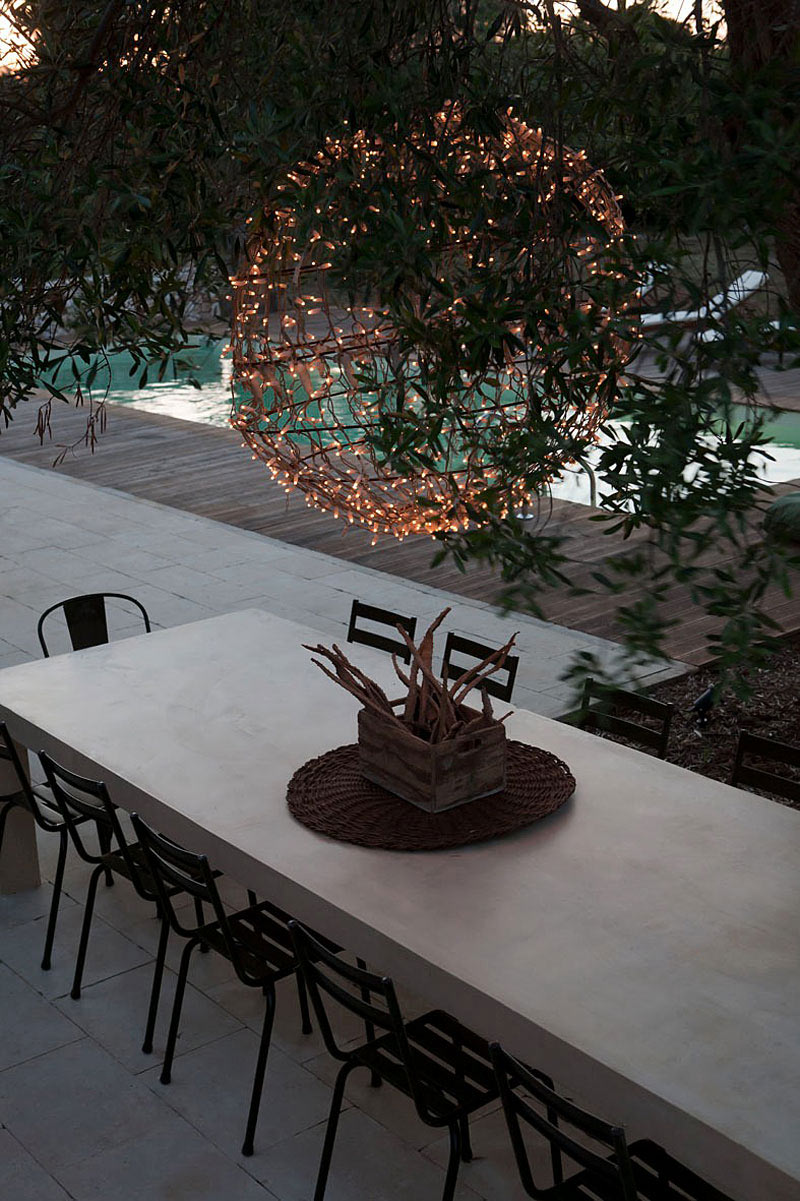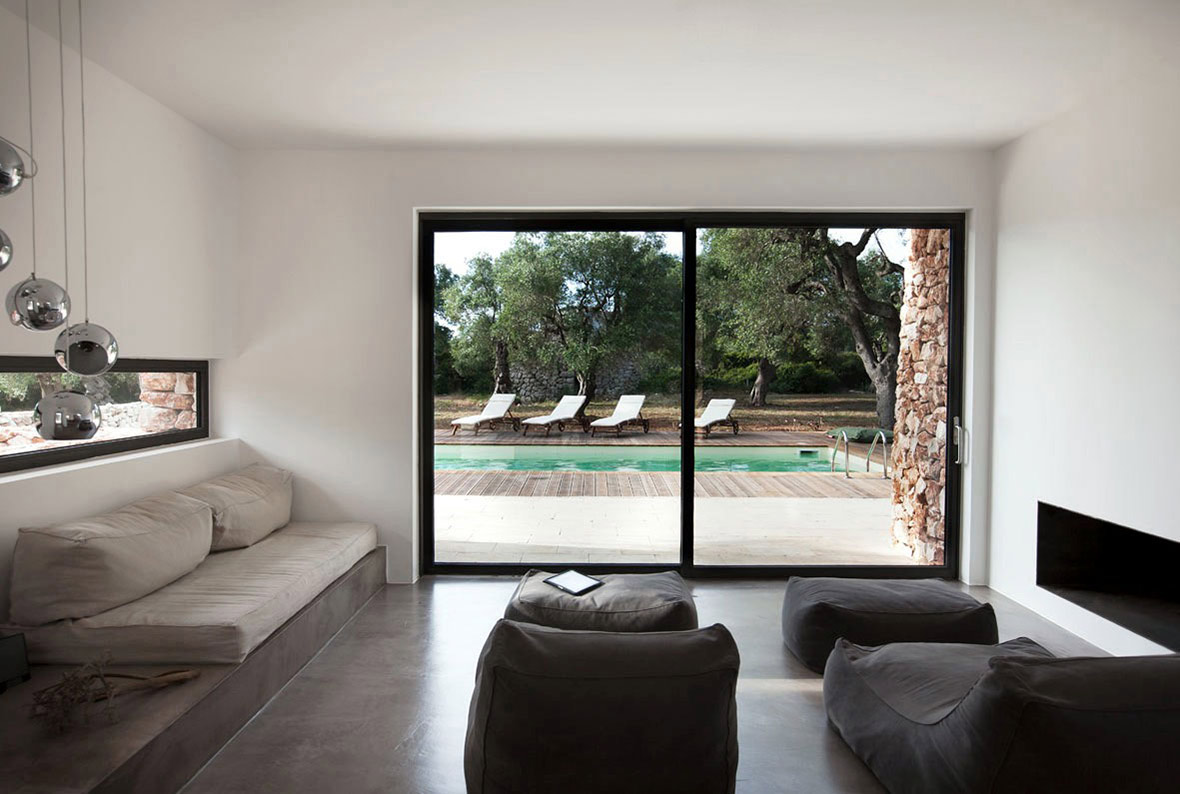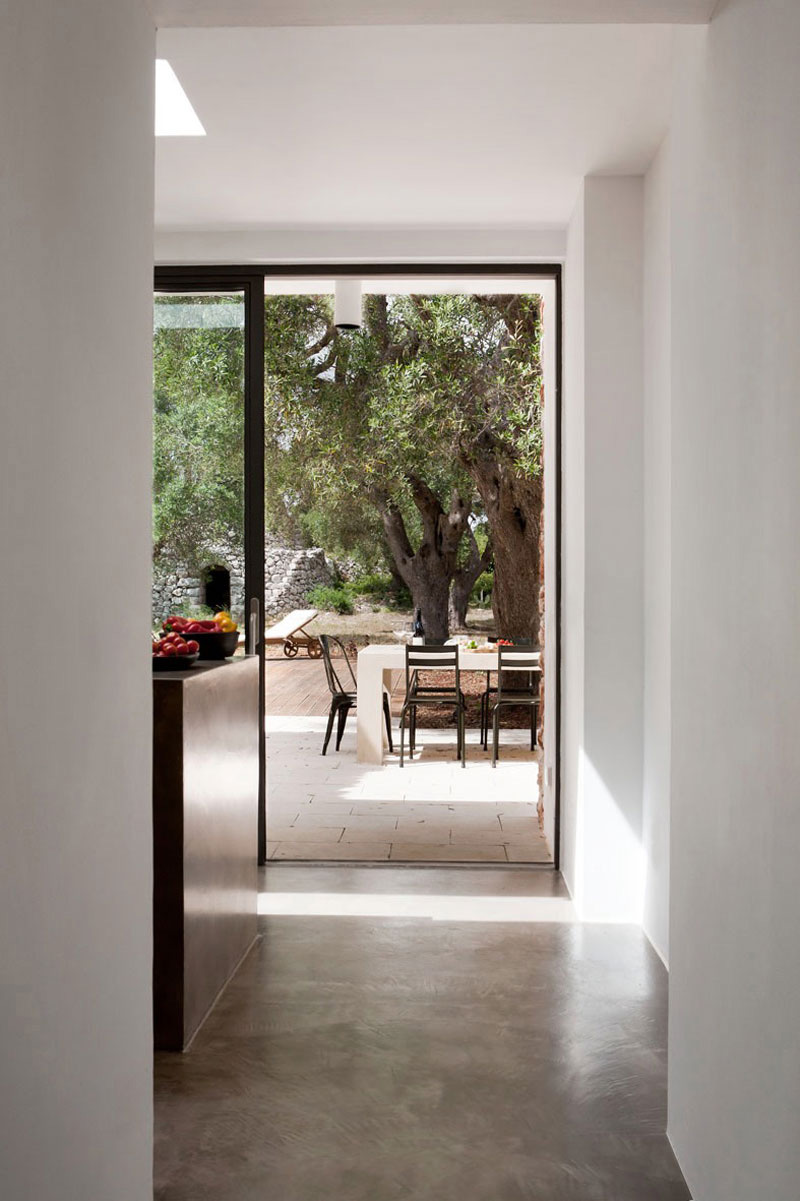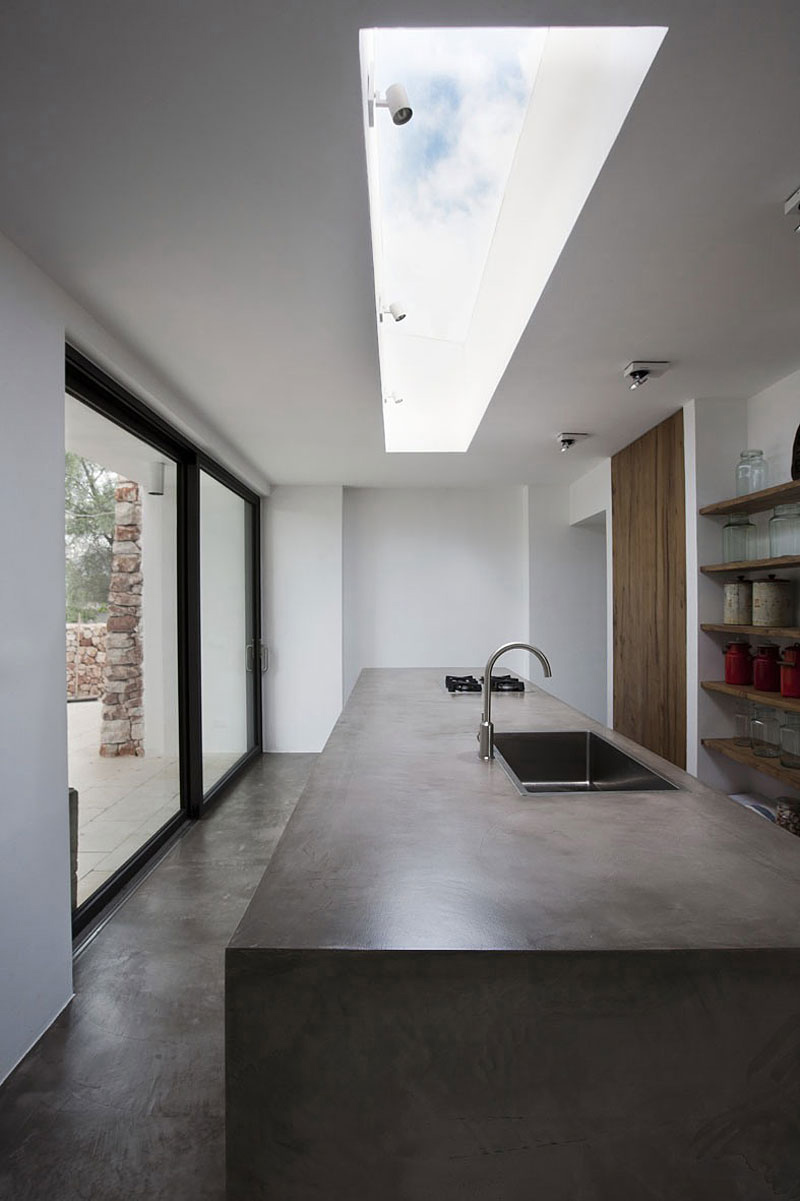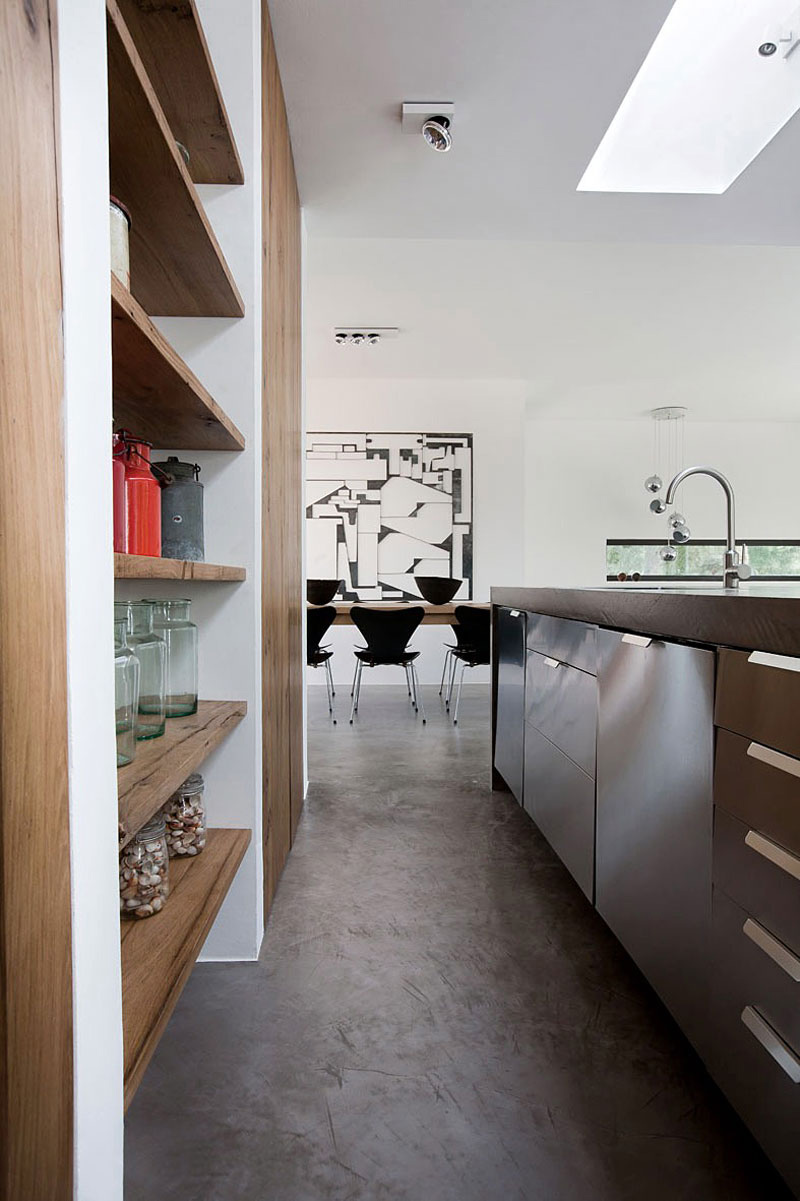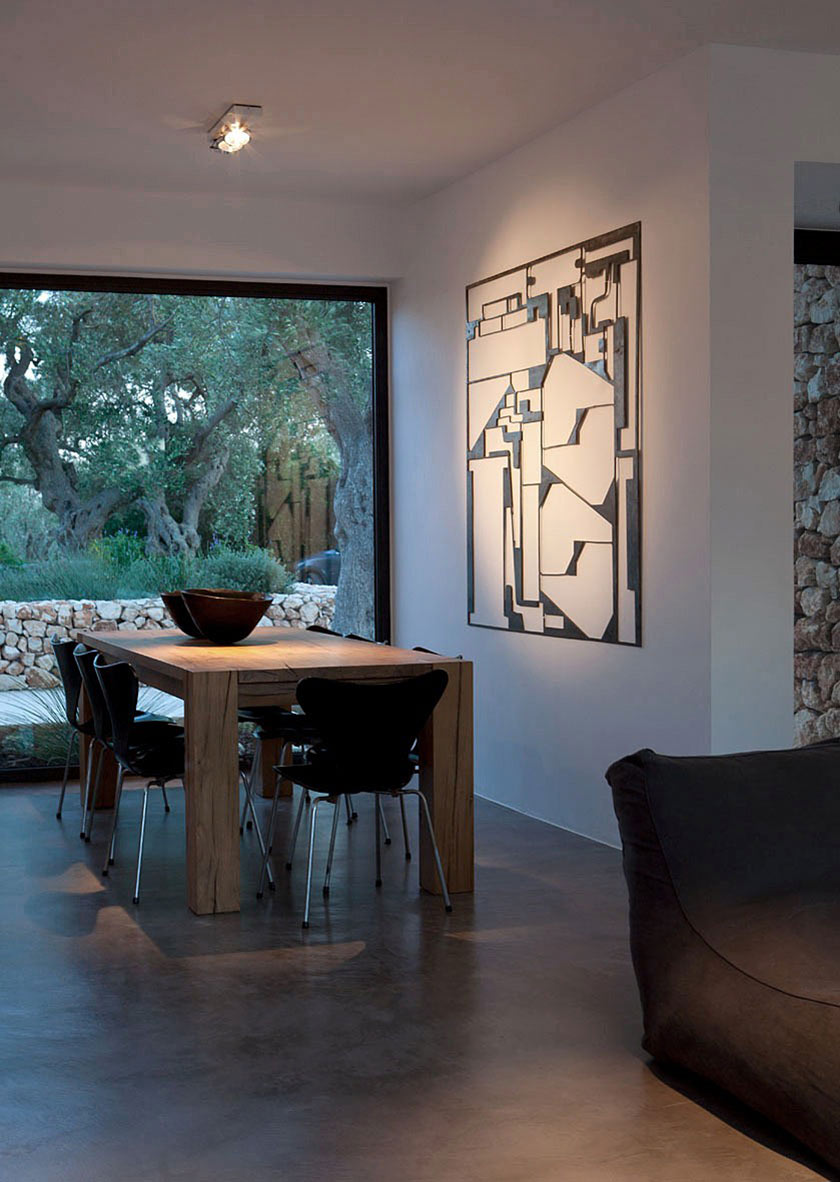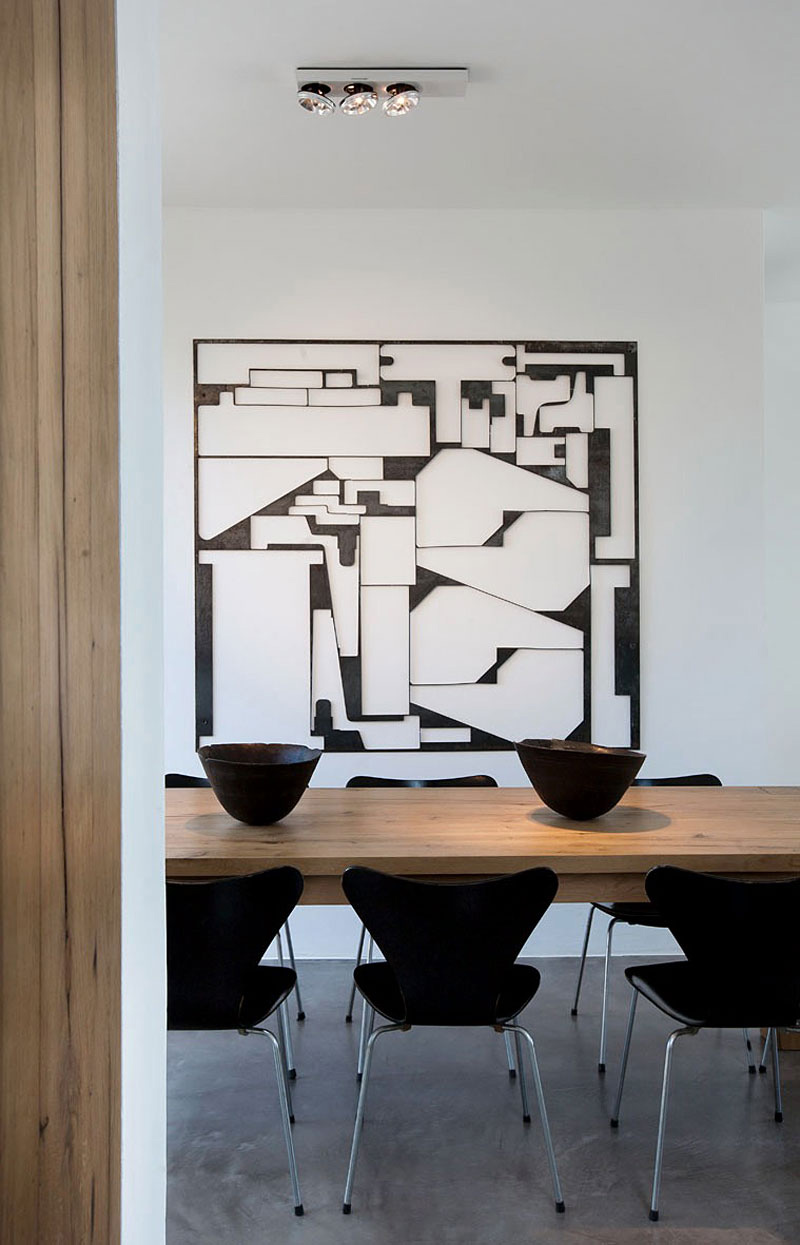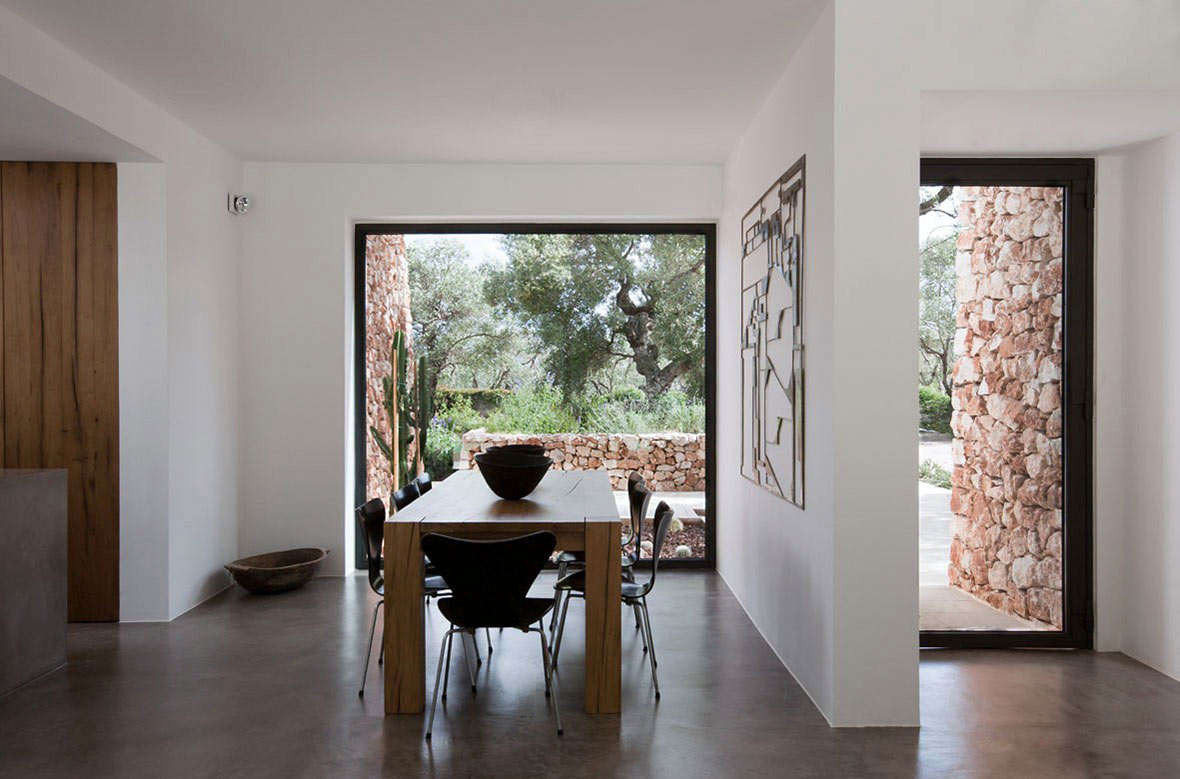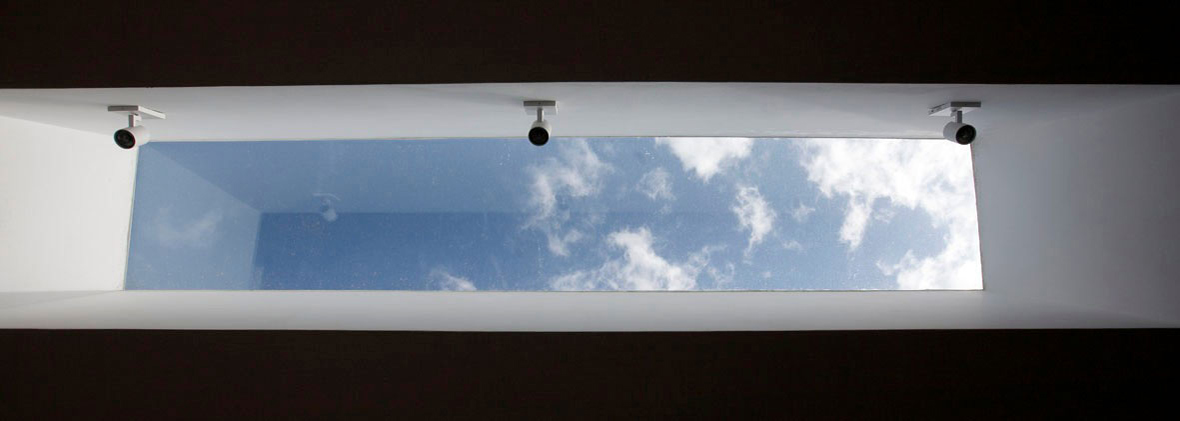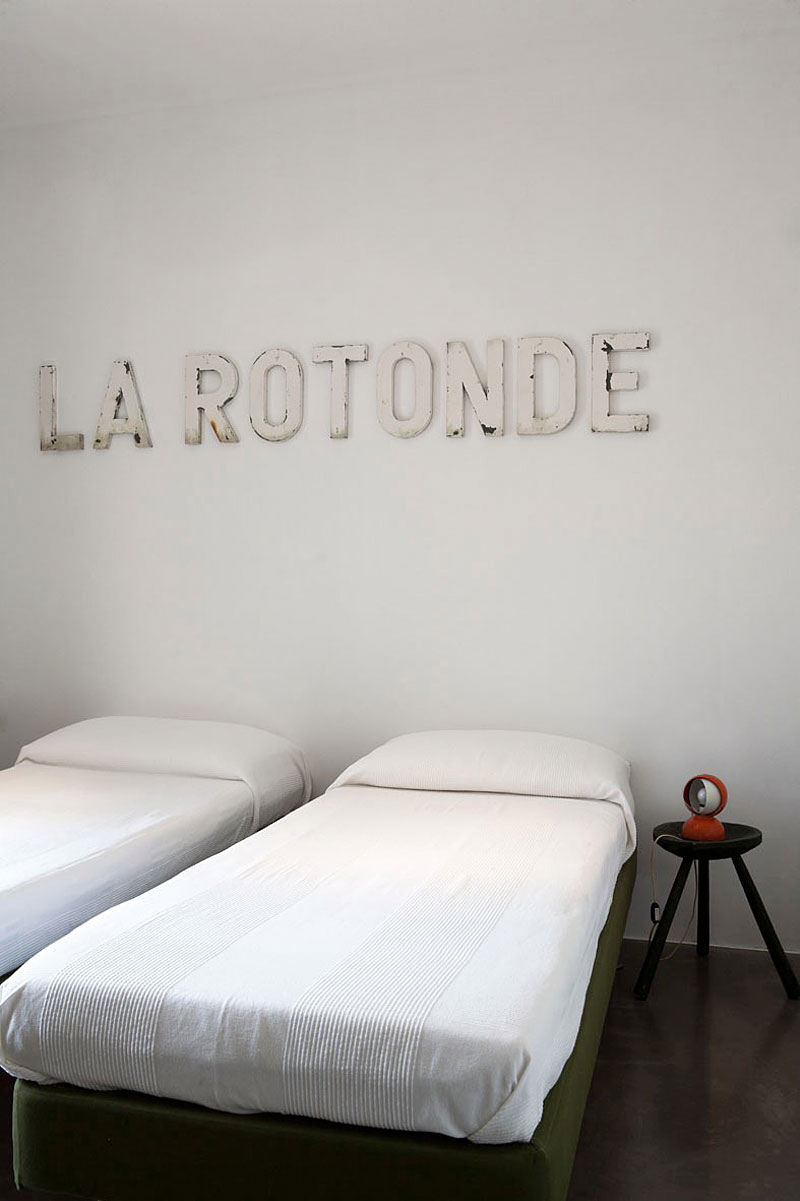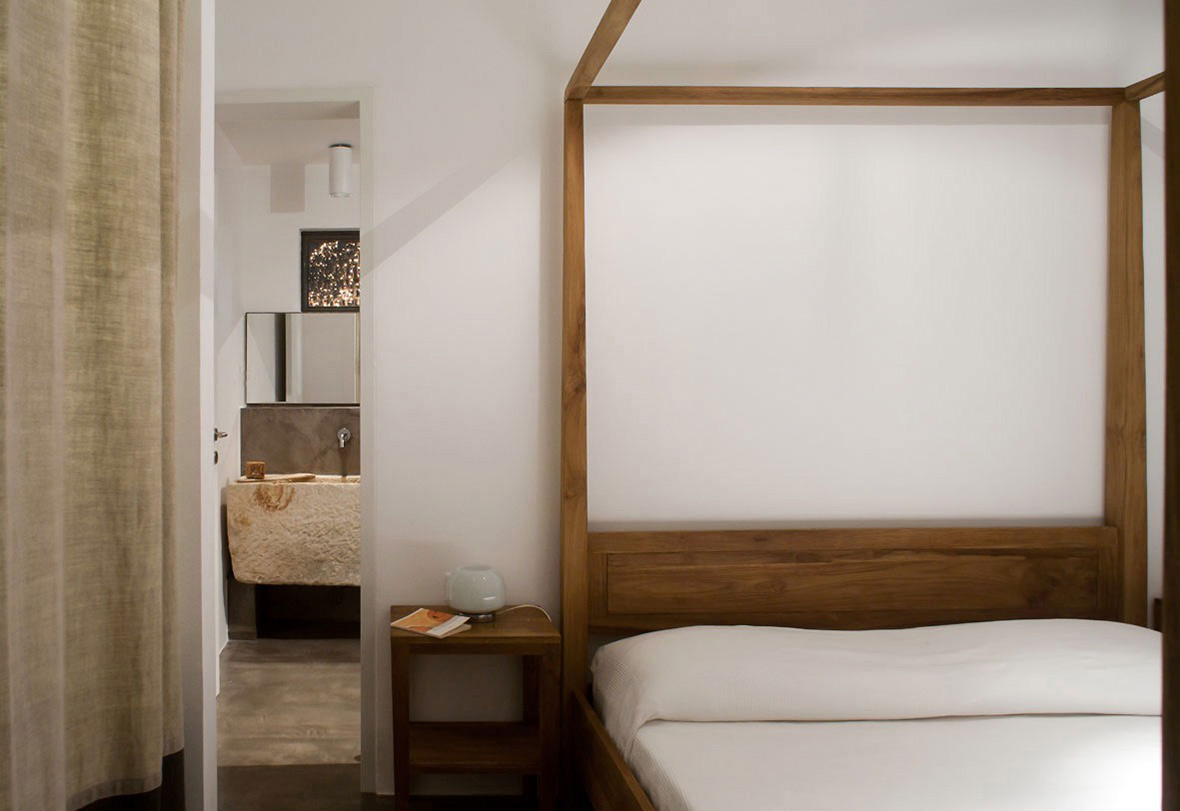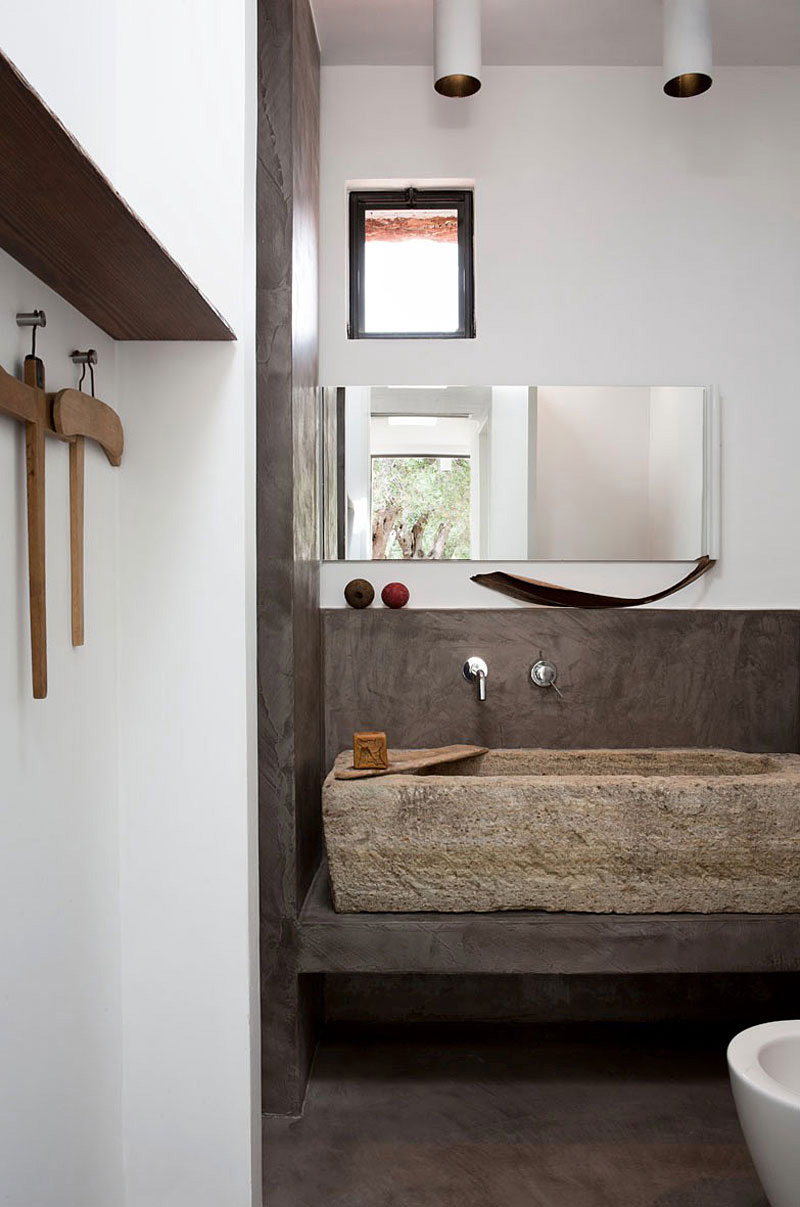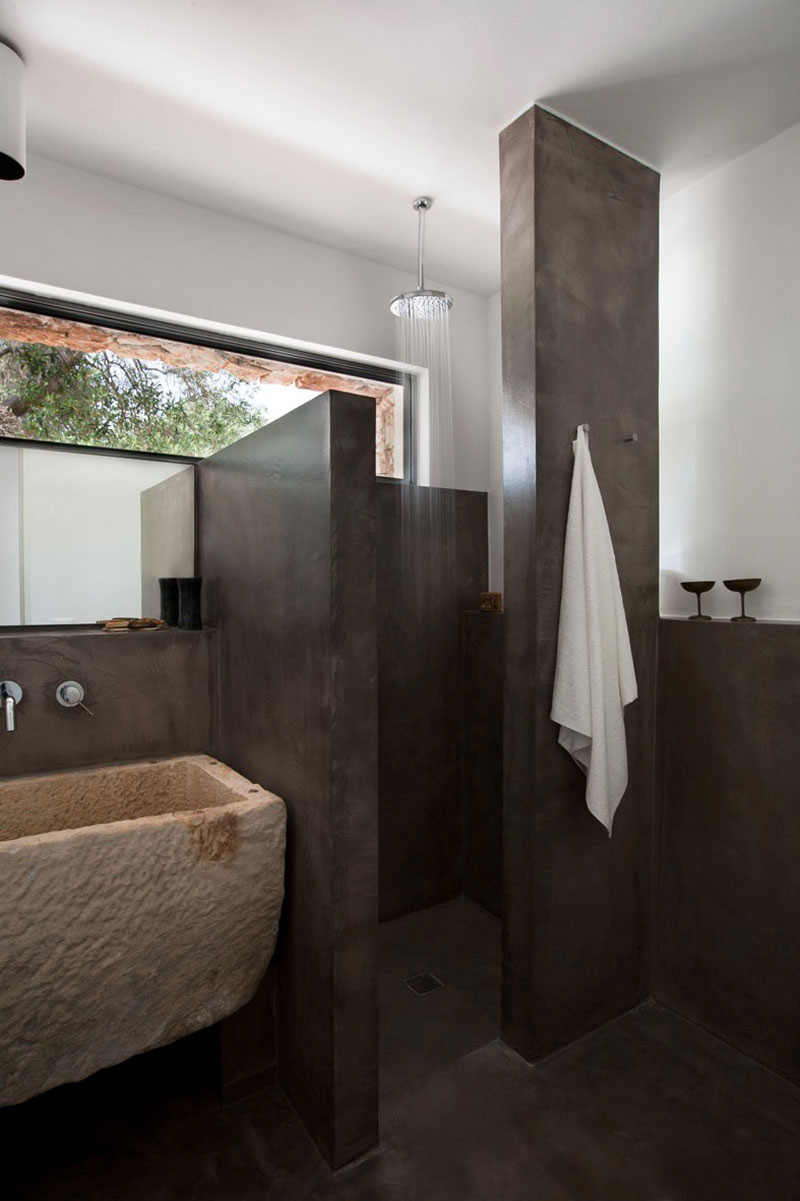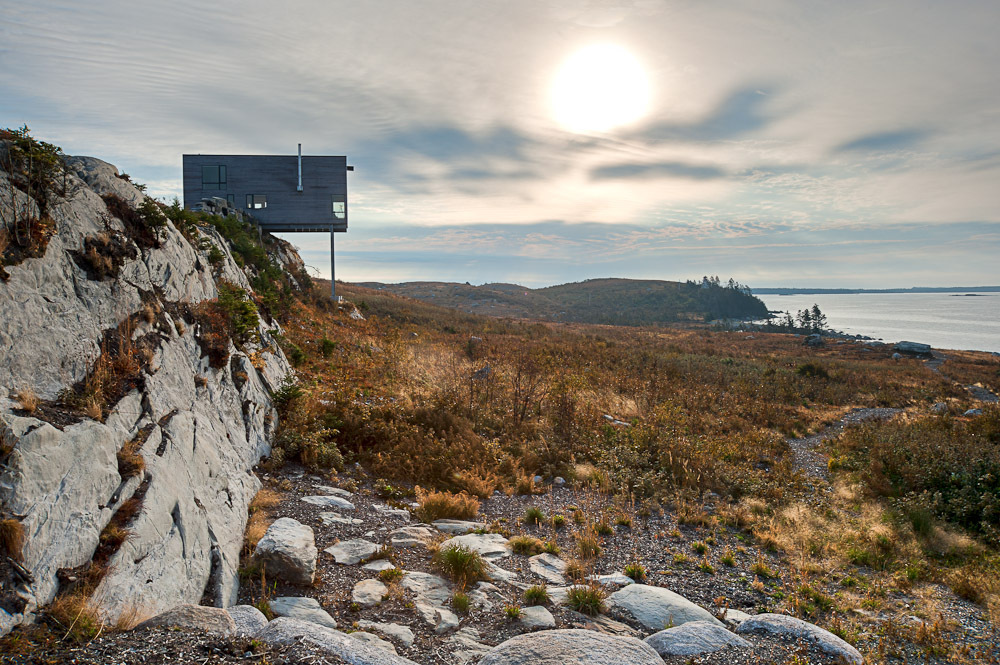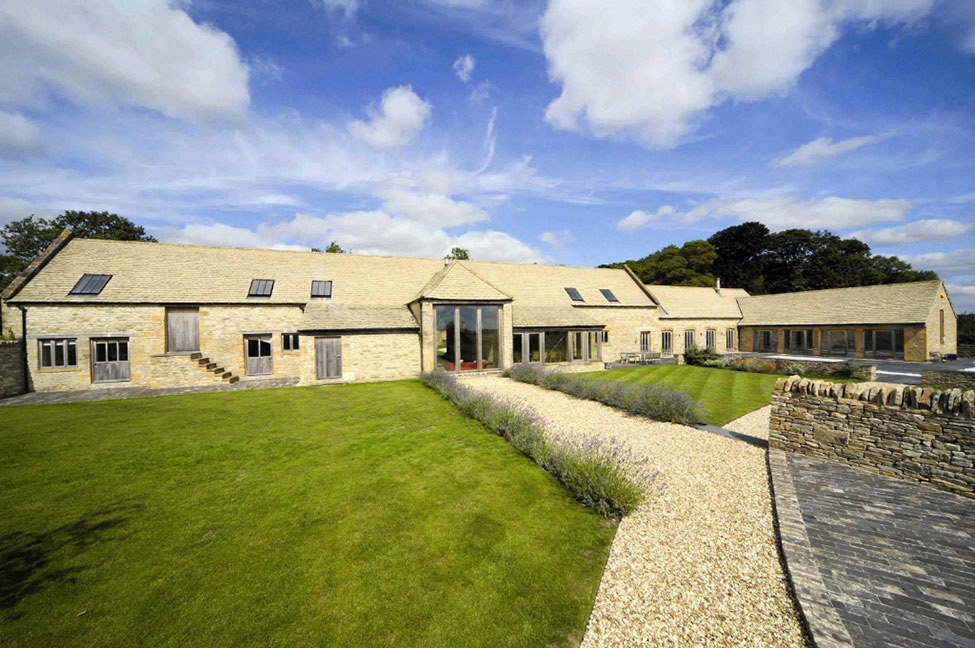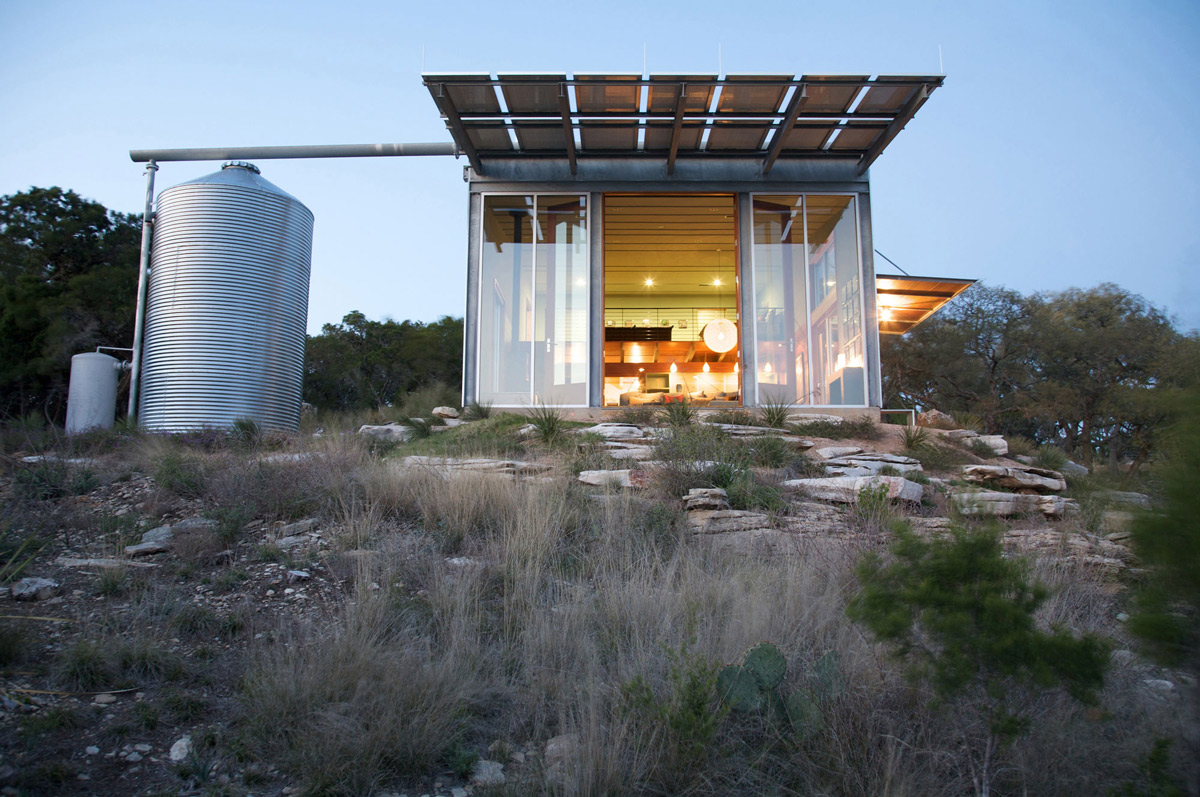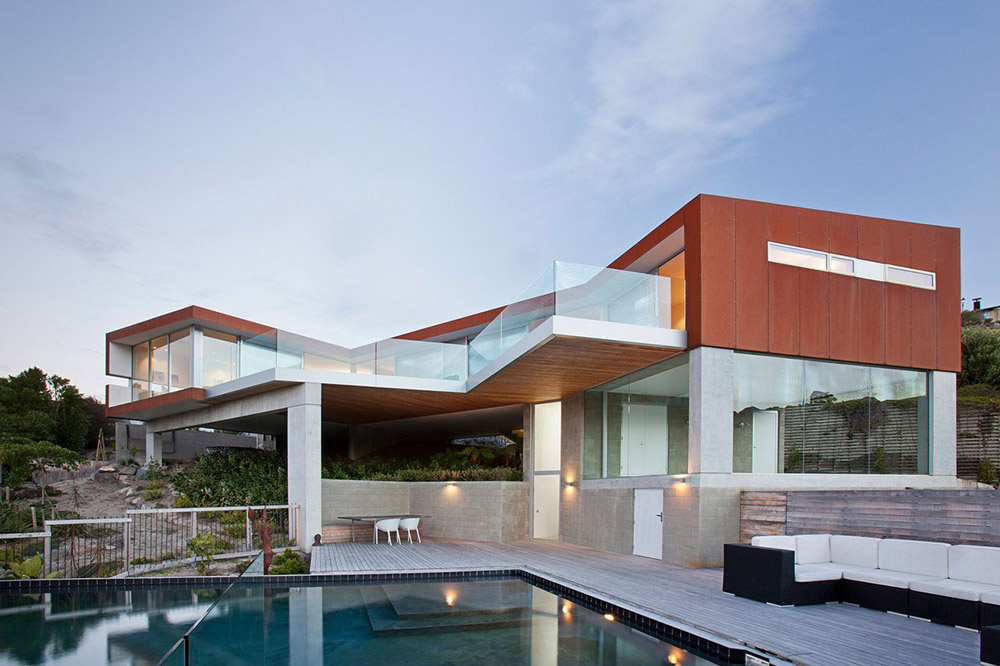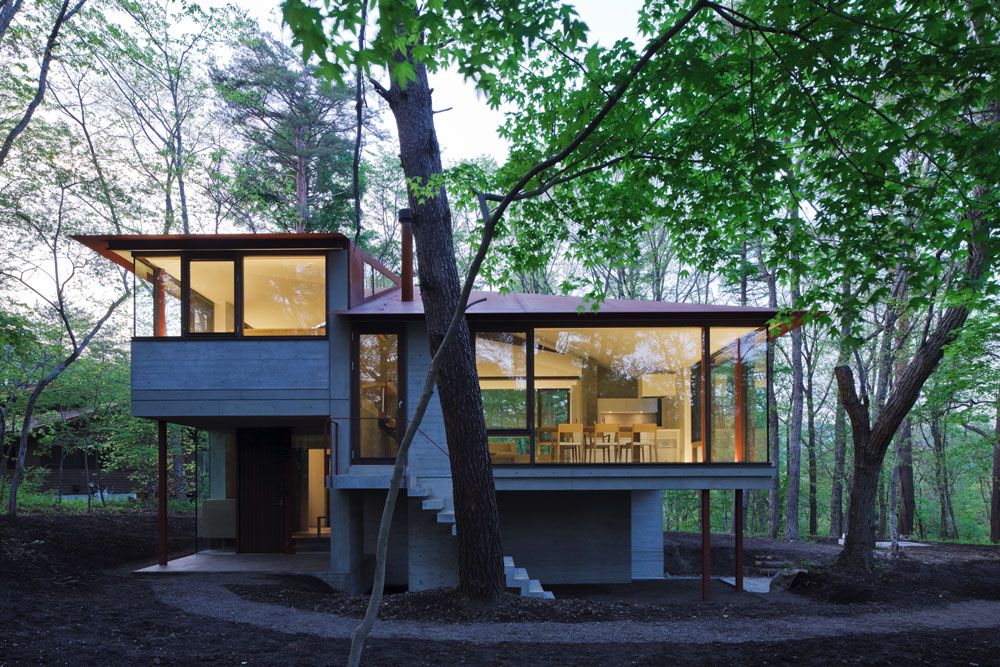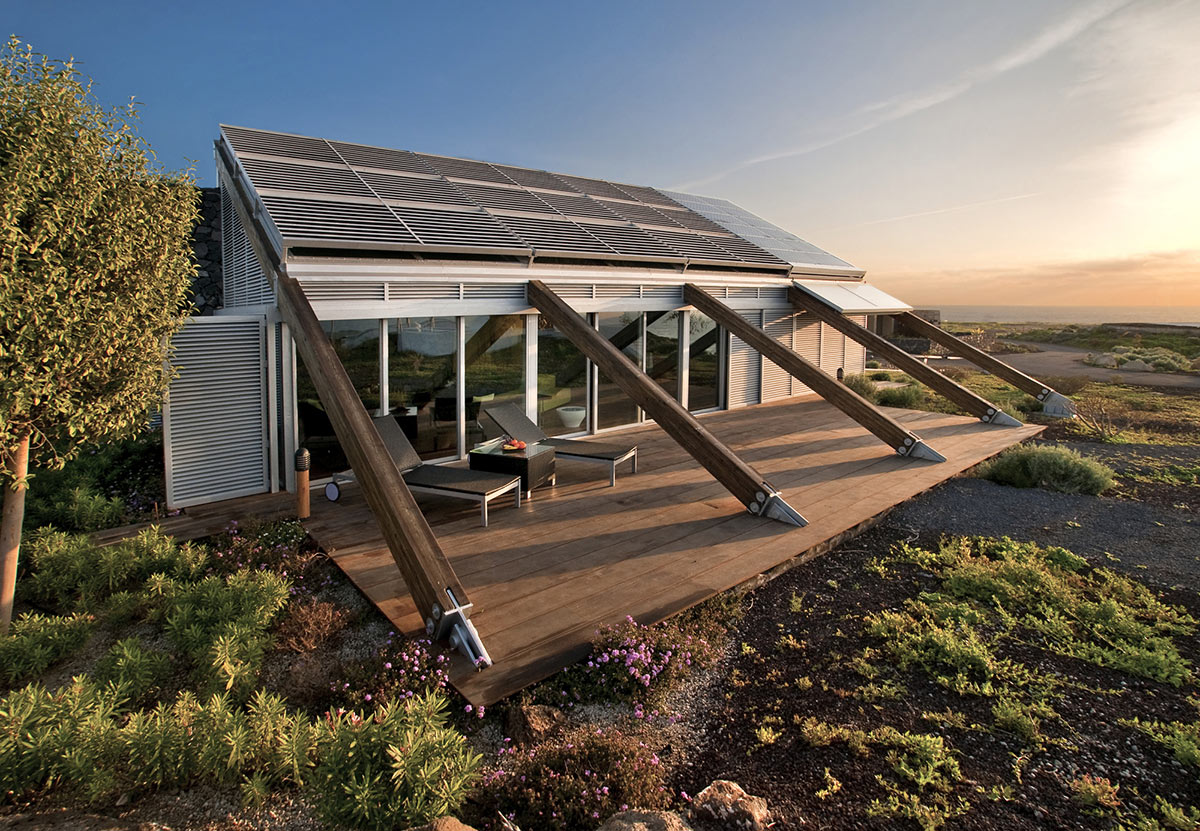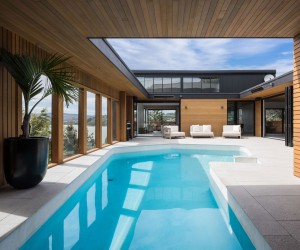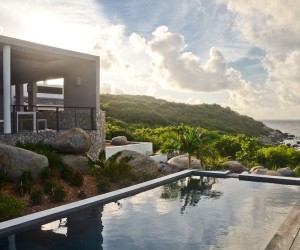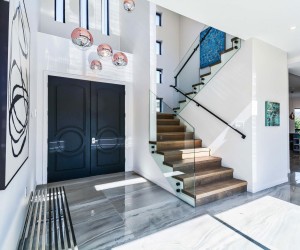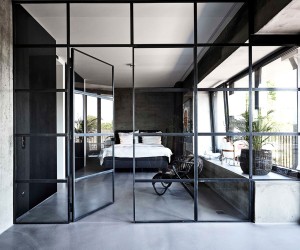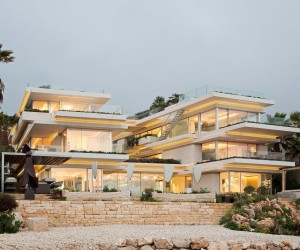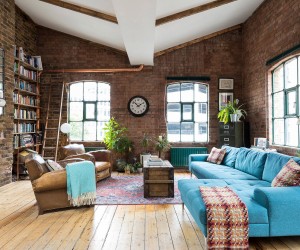Italian Stone House Surrounded by Beautiful Olive Trees
Casa nel Bosco di Ulivi was completed in 2011 by the Bologna based architect Luca Zanaroli. The name translates as ‘House in the Olive Grove’.
This delightful contemporary home was built using traditional locally sourced materials, including stones from the local fields and the excavation of the pool.
The Casa nel Bosco di Ulivi is located in Morciano di Leuca, south-east Italy.
Casa nel Bosco di Ulivi by Morciano di Leuca:
“The land on which it should have been made the new building was and still is full of beautiful olive trees. The intention of the designer was to maintain the integrity of the perception of the place without changing the natural look with explants or movement and not to alter the color effect of the whole.
To achieve this it was therefore necessary to obtain a proper landscaping of the building: the choice of its location was important (it was explanted or moving a single tree to build the new building), but not crucial to a harmonious relationship with the environment.
To reduce the impact of the new building, the designer also spoke volumes and materials. On the one hand working to decomposition and subtraction by disassembling the volume into several blocks corresponding also to the functional spaces of the house (both internal and external) then re-assembled so as to obtain both their optimal use that the overall ratio between the masses.
On the other characterizing the individual parts of the building with traditional materials and local (literally found at the site) as the stones obtained from the excavations to build the swimming pool then used to coat the exterior walls of the building, with white lime plaster to define simple volumes and minimal living spaces both internally and externally.
A sort of box in the box where the outer shell which also serves as the link between the context (the stones were deliberately left “dirty” the land from which they were extracted) encloses a volume and the contemporary language which, however, does not close itself but seeks dialogue with its surroundings through large windows and views of the countryside enhancing the specific character of the landscape through the full integration and fusion of the interior with the exterior.
The stone walls laid dry as the local tradition of the walls that surround the fields also play a thermo-regulatory function of the building. The mass and the air gap between the stones are in fact a good layer of insulation for the sunny parts of the building facing south and west influencing effectively in the gradient temperature and humidity and environmental comfort of living spaces.
The materials used are all natural and locally sourced as the stone of Cursi for external flooring wood for the solarium pool cement mortars based on lime plaster for interior floors and walls of the bathrooms.”
Comments


